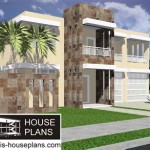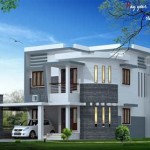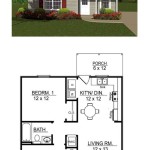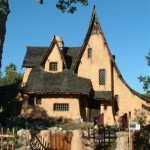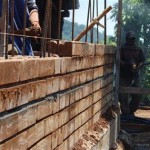Essential Aspects of Modern Inner City House Plans
Modern inner city house plans are designed to meet the unique challenges and opportunities of urban living. They often feature innovative design elements and sustainable features that make the most of limited space and maximize natural light. If you're considering building or renovating a home in an inner city area, it's important to understand the essential aspects of modern inner city house plans.
1. Flexibility and Adaptability
Inner city living often requires flexibility and adaptability. Modern inner city house plans are designed to accommodate changing needs and lifestyles. Open floor plans allow for multiple uses of space, and movable walls or partitions can create different configurations as needed. Smart home technology can also enhance flexibility, allowing you to control lighting, temperature, and other features remotely.
2. Natural Light and Ventilation
Natural light and ventilation are essential for creating a healthy and comfortable living environment. Modern inner city house plans often feature large windows, skylights, and courtyards to maximize natural light. Cross-ventilation can also help to improve air quality and reduce energy consumption.
3. Sustainable Features
Sustainability is an increasingly important consideration for inner city homeowners. Modern inner city house plans often incorporate sustainable features such as energy-efficient appliances, solar panels, and rainwater harvesting systems. These features can help to reduce your carbon footprint and save money on utility bills.
4. Outdoor Space
Even in densely populated urban areas, outdoor space is a valuable amenity. Modern inner city house plans often include balconies, roof terraces, or courtyards that provide a place to relax, entertain, and enjoy the outdoors. Green walls and vertical gardens can also help to bring nature into the urban environment.
5. Security and Privacy
Security and privacy are important considerations for inner city homeowners. Modern inner city house plans often include features such as secure entryways, motion-activated lighting, and video surveillance systems. Fences, hedges, and other landscaping elements can also help to create a sense of privacy and security.
6. Smart Home Technology
Smart home technology can enhance convenience, security, and energy efficiency in modern inner city homes. Smart locks, thermostats, and lighting systems allow you to control your home remotely. Smart home assistants can also help you to manage tasks, get information, and control compatible devices with voice commands.
7. Architectural Style
The architectural style of your modern inner city house plan should complement the surrounding neighborhood and reflect your personal preferences. Some popular architectural styles for inner city homes include contemporary, modern farmhouse, industrial, and Victorian. It's important to consider the scale, massing, and materials of your home when selecting an architectural style.
By understanding the essential aspects of modern inner city house plans, you can create a home that meets your unique needs and lifestyle. These homes are designed to be flexible, sustainable, and secure, while also providing access to natural light, ventilation, and outdoor space.

Modern Narrow Lot Home Design With Urban Charm

3 Story Townhome Plans Inner City Modern Townhouse Design Nashville Tn Designs House Floor

Inner City Townhouses Urban Townhomes Traditional Neighborhood Housi Narrow Lot House Plans Mansion Floor Plan Townhouse Designs

Inner City Townhouses Urban Townhomes Traditional Neighborhood Housi In 2024 Townhouse Modern House Plans How To Plan

Urban Two Story Home Floor Plans Inner City Narrow Lot Design Contemporary Architecture Facade Architectural

Inner City Townhouses Urban Townhomes Traditional Neighborhood Housi Modern House Floor Plans Style Model Plan

3 Story Townhome Plans Inner City Modern Townhouse Design Nashville Tn Designs Small Apartment Building

Urban Two Story Home Floor Plans Inner City Narrow Lot Design

Urban Two Story Home Floor Plans Inner City Narrow Lot Design House Vintage

3 Story Townhome Plans Inner City Modern Townhouse Design Nashville Tn Designs Small Apartment Building


